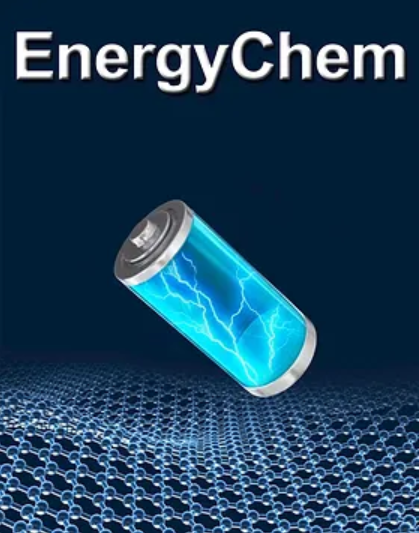Functional additives for proton exchange membrane fuel cells
IF 22.2
Q1 CHEMISTRY, MULTIDISCIPLINARY
引用次数: 0
Abstract
Proton exchange membrane fuel cell (PEMFC) is an electrochemical energy conversion system with remarkable efficiency and eco-friendly operation. It holds immense promise and application potential in facilitating the transition towards sustainable energy solutions. Nevertheless, the widespread commercial adoption of PEMFCs is hindered by the immaturity of individual components within the system. Chief among these obstacles are the high cost and inadequate activity of the cathode catalyst, limited proton conductivity of the PEM, and fuel starvation issues at the anode. Furthermore, concerns regarding the mass transport limitation and the degradation of the membrane electrode assembly (MEA) during practical operation collectively impede performance optimization and lifetime extension. Despite the advancements in delicate catalyst design, the complex synthesis processes coupled with trial-and-error methodologies complicate scalability for large-scale applications. In response to these multifaceted challenges, incorporating functional additives (FAs) has emerged as a promising and versatile strategy. These smart additives, with diverse and unique functions, have rapidly gained traction and are being applied across nearly all components of the MEA. However, research efforts to utilize FAs to achieve high-performance and durable PEMFCs are not comprehensively documented, particularly concerning the underlying operational mechanisms. This review aims to bridge this knowledge gap by consolidating current understanding, providing a detailed analysis of the diverse mechanisms at play, and highlighting both the merits and limitations associated with the FA strategy. We aspire to offer valuable insights into this emerging field and contribute to the innovation of next-generation functional additives tailored for advanced PEMFC systems.

求助全文
约1分钟内获得全文
求助全文
来源期刊

EnergyChem
Multiple-
CiteScore
40.80
自引率
2.80%
发文量
23
审稿时长
40 days
期刊介绍:
EnergyChem, a reputable journal, focuses on publishing high-quality research and review articles within the realm of chemistry, chemical engineering, and materials science with a specific emphasis on energy applications. The priority areas covered by the journal include:Solar energy,Energy harvesting devices,Fuel cells,Hydrogen energy,Bioenergy and biofuels,Batteries,Supercapacitors,Electrocatalysis and photocatalysis,Energy storage and energy conversion,Carbon capture and storage
 求助内容:
求助内容: 应助结果提醒方式:
应助结果提醒方式:


